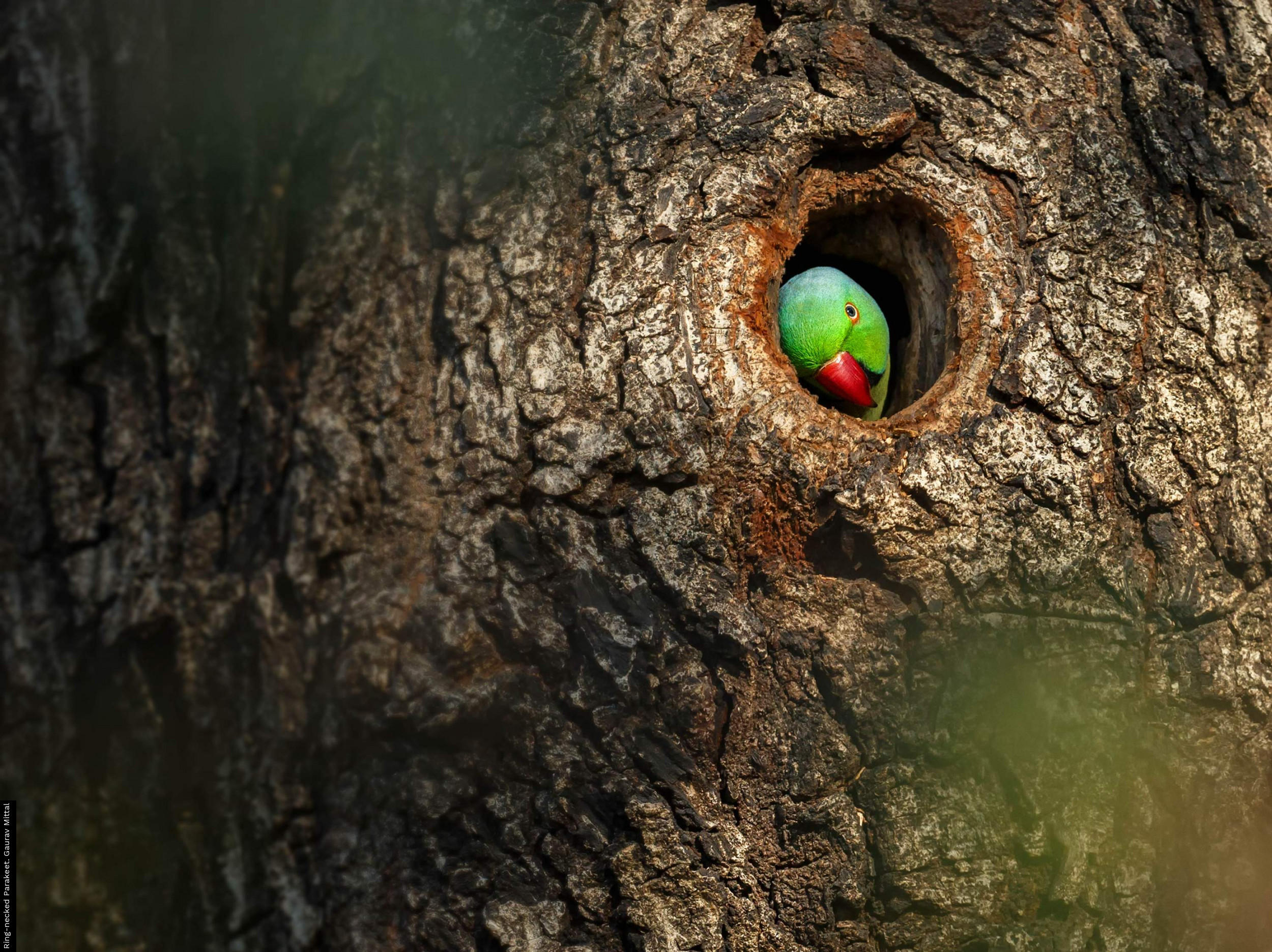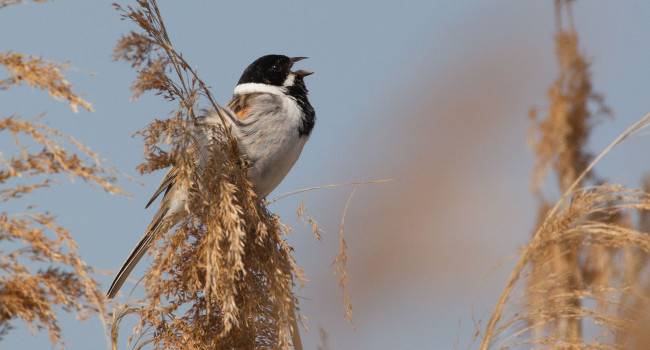
Publisher: NHBS
Publication Year: 2017
Binding: Hardback
Page Count: 223
ISBN Number: 9781908581778
Price: £ 24.99
Flight Lines: Tracking the wonders of bird migration
This book, a joint project between BTO and the Society of Wildlife Artists (SWLA), explores Afro-Palaearctic migration in a unique and engaging way. Compiling BTO data and using a series of artworks and photographs to beautifully illustrate, it provides a fascinating insight into all aspects of the journeys of migrant birds from Europe to Africa and back again.
Whilst being in depth and detailed, the content is clear and easy to understand, making this BTO research accessible to a wider audience. It covers a wide range of factors that influence migration; from food availability and climate change, to land use and hunting, as well as the challenges that the birds face along the way. The more I read, the more in awe I became of what our migratory birds achieve year on year.
Whilst the science in this book is incredibly interesting and enlightening, it is the art that brings it to life. The range of unique artistic styles, with a variety of media from watercolour sketches to screen prints, all beautifully capture the character of the migrant birds and their journeys. Depicting the birds, their habitats and the researchers at work, the artwork really aids in the communication of the science. Art and science go hand in hand, and this book is a perfect example. It helps in the understanding of this ecological research, creating a personal connection and allowing more people to engage with it. Something that the book is perhaps lacking, which would further help in the understanding of the text, are maps to illustrate the migration routes described, reinforcing the information.
This book also illustrates how BTO’s work is helping to improve our understanding of this feat of nature, highlighting the importance of the variety of methods of data collection that the BTO draws on. Data from BTO research, other research projects across Europe and Africa, tracking devices, bird ringing, citizen science projects like BirdTrack, and BTO volunteer surveys like the Nest Record Scheme and Common Birds Census, are compiled to build an overall picture of Afro-Palaearctic migration and all of its complexities. Hence it is clear just how important this work is to inform conservation decisions on a continental scale. Whilst making it clear that there are many barriers to conserving our migrants, this book also instils hope for the future, describing opportunities for further research and potential solutions.
This book is an excellent, engaging read for anyone wishing to find out more about our summer migrants and the work of BTO, seamlessly bringing together art and science.
Book reviewed by Sorrel Lyall






Share this page